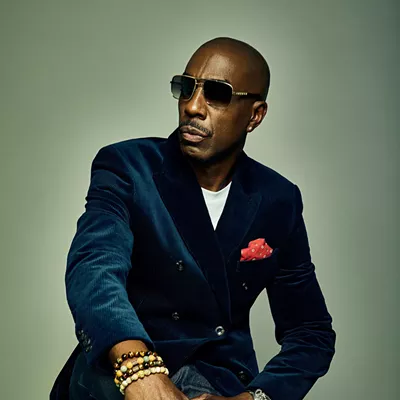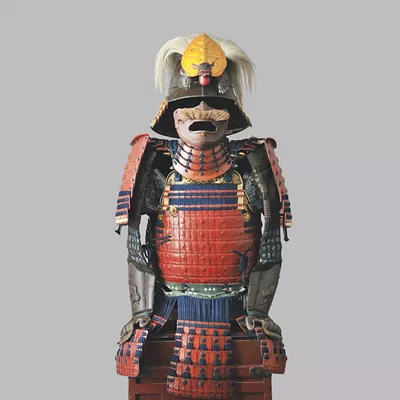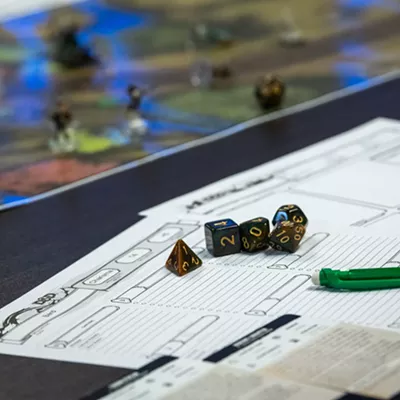One evening last week during my drive home from The Inlander’s downtown offices, heading to the north side, I watched the blowing snowflakes outside my windshield rapidly grow in size as the streets stretched farther north of the river. The icy droplets started out tiny and dry, but by the time I was halfway home the swirling, fat, fluffy flakes made the post-World War II houses of the Shadle neighborhood look like they belonged in a vintage snow globe.
It was the kind of feathery, wet snow ideal for making fat, round snowmen. The kind of snow that — as a young kid — would have caused my siblings and me to run for our boots and heavy winter coats.
While it’s been many years since I bundled up and set out to build a smiling, carrot-nosed snowman, I’ve often wondered how this age-old tradition came to be a wintertime rite of passage of sorts for children, and a longstanding cultural symbol of the season.
A book I happily discovered and bought one day, by a writer who touts himself as the world’s foremost expert on the snowman, seems to answer all the questions I’ve ever had — and then some — about the modern snowman’s elusive and oft foggy history. The History of the Snowman, by Bob Eckstein, is both a comical and seriously researched look into the origins of the beloved, cold-weather sculpture — one of the common man’s first art forms.
As it turns out, the earliest known visual reference of a snowman is in an illustrated manuscript dating back to 1380. The snowman is painted in the margin of a psalm and is shown wearing a strange hat, sitting on a stool over a fire that’s starting to char and melt his behind. The illustration is interpreted as a dark analogy for pain, Eckstein writes.
The first written accounts of people building figures resembling humans out of snow occurred a little after that, during the Renaissance, but these snowmen looked nothing like the stacked-sphere constructed Frosty we’re familiar with.
In the Middle Ages, snowmen — and snow women and snow animals — were an outlet to relieve class tension and express political frustrations, Eckstein writes. During the brutal winter of 1511, residents of Brussels, Belgium, filled their city with crass snow figures in scenes both political and sexual in nature, including drunk and defecating snow people, and snow people having sex.
From then on, stories of snowmen being made for entertainment, artistic and political purposes continue popping up in historical accounts from Europe and early Colonial America, but it wasn’t until the late 19th century and into the early 20th century that snowmen began to resemble what we’re most familiar with today, with two or three balls of snow stacked in decreasing size atop each other.
During that period the snowman really strengthened his spot as a permanent icon of winter. Images of snowmen were everywhere: postcards, magazines, books and advertisements. Some strangely violent postcards from the era show snowmen being pelted with snowballs, being plowed over by rowdy children on sleds, stabbed with brooms and even run over by a corrupt looking Santa in a red, vintage convertible.
After Prohibition ended, the snowman somehow landed a role as the go-to booze spokesman and was seen in ads for all kinds of liquor. Finally, with his big starring role in the classic, animated Frosty the Snowman films starting in 1969, the snowman started to redeem himself as a kid-friendly icon.
So, next time you find yourself outside after a fresh blanket of white stuff, rolling a huge ball of snow with the intent to make a second, smaller sphere to stack on top of the larger one, may you be reminded that you’re participating in one of the oldest forms of folk art, and that the snowman has come a long way since he was first rolled up.




















